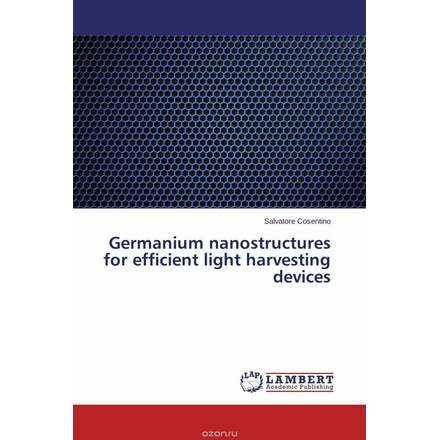The growing World energy demand is setting new challenges toward the use of alternative and green resources as well as for the development of more efficient and low-power consuming devices. Thanks to their unique optical properties, group IV nanostructures (NS) show promising applications for cheap multi-junction solar cells and, in general, for efficient energy-tunable light harvesting devices. Among them, Ge reveals interesting optical properties due to its large absorption coefficient that make it intrinsically more suitable than Si for what concerns light harvesting applications. Moreover, the larger exciton Bohr radius of Ge (~24 nm) with respect to Si, gives the chance to easily tune the optical properties of Ge NSs by varying their size. Discerning the role of these parameters and controlling their effects in the light absorption process represents a key-factor toward the implementation of Ge NS in any type of light harvesting device. This work reports a detailed study on the...
